Description
In Depth
Alimentum Labs’ Hormone Superfood is the ultimate prebiotic designed to elevate your hormone-balancing journey and unlock your body’s natural harmony within.
This powerhouse formula feeds and nurtures the unique strains of probiotics found in Hormone µBiomic, with a blend of xylooligosaccharides (XOS), bilberry extract, cranberry and more. Each ingredient is packed with phytonutrients and compounds that synergistically support a healthy endocrine system, ensuring your probiotics thrive and your hormones stay balanced.
Experience the transformative benefits of Hormone Superfood and empower your body from the inside out.
Key Features
- Xylo-oligosaccharides (XOS) serve as a food source for beneficial gut bacteria, promoting their growth and activity. This increase in healthy microbial populations enhances the gut’s ability to produce short-chain fatty acids and other metabolites that play a crucial role in hormone regulation. As a result, XOS not only improve digestive health but also help to stabilize hormone levels by regulating inflammation and optimizing the metabolism of key hormones, ultimately supporting a more balanced endocrine system.
- Bilberry is rich in anthocyanins, which have been shown to help improve insulin sensitivity and regulate blood sugar levels, contributing to overall metabolic health. Its antioxidant properties also promote gut health by minimizing oxidative stress and inflammation, fostering a favorable environment for beneficial bacteria. This synergy enhances the gut’s role in hormone metabolism, ultimately contributing to a more stable hormonal landscape and improved overall wellness.
- Cranberry is rich in antioxidants and bioactive compounds that not only promote urinary tract health but also help regulate inflammation in the body. This anti-inflammatory action is vital for maintaining a balanced microbiome, which plays a key role in hormone regulation. Additionally, cranberry supports the growth of beneficial gut bacteria, enhancing nutrient absorption and metabolic processes, thereby fostering a more stable hormonal environment and contributing to overall wellness.
- Brown seaweed is rich in fucoidan, a specialized bioactive fiber that interacts with enzymes in the body to modulate their functions. This interaction has been reported to help lower the activity of signaling pathways linked to hormone-related cancers, such as those in the prostate and breast. Additionally, it has been shown that fucoidan may also effectively reduce fat accumulation, potentially aiding in obesity management and supporting overall metabolic health.
- Mulberries are packed with beneficial phytonutrients like anthocyanins and quercetin, which support hormonal health, especially during menopause. Research shows that these fruits may alleviate menopause-related symptoms and enhance quality of life, with effects comparable to hormone therapy. They have also been shown to help protect against osteoporosis by inhibiting osteoclast activity, the cells responsible for bone resorption, contributing to both metabolic and skeletal health during hormonal changes.
White Paper
The White Paper is your comprehensive guide to understanding this product. It details the ingredients, their functions, and how they work together to deliver results. Complete with usage guidance and safety information, it’s an invaluable resource for anyone seeking a thorough understanding of this formula.
Essential Ingredients
- Xylo-Oligosaccharides (XOS)
- Bilberry
- Cranberry
- Brown Seaweed
- Mulberry
Directions
Mix 1 scoop into 8-16 oz of your choice of liquid daily, or as directed by your healthcare provider.
Warnings
Keep away from heat, sunlight, and out of the reach of children.
Quality Guarantee
cGMP facility
Vegan
Non-GMO
Gluten Free
Dairy Free
No Sugar
Frequently Asked Questions
Who should take Hormone Superfood?
Hormone Superfood is designed for individuals experiencing hormonal transitions, such as menopause, puberty, or postpartum changes, and those dealing with hormone-related symptoms like mood swings, fatigue, and weight fluctuations. It specifically supports the probiotics in Hormone μBiomic, enhancing their effectiveness in promoting gut health and hormonal balance. Additionally, it may benefit those looking to enhance nutrient absorption and maintain overall hormonal equilibrium, especially if they are exposed to endocrine disruptors or have metabolic concerns.
How should I take Hormone Superfood?
To take Hormone Superfood, mix one scoop into 8-16 ounces of your preferred liquid daily, or follow the guidance of your healthcare provider. It is recommended to take it alongside Hormone μBiomic to enhance the effectiveness of the probiotics. You can consume it with or without food for convenience. For best results, maintain consistent use as part of your wellness routine.
Can I take Hormone Superfood with other supplements?
Yes, you can take Hormone Superfood with other supplements. It is designed to be used alongside Hormone μBiomic and other Alimentum Labs hormone-supportive products, such as HormoneGenic. However, it’s always a good idea to consult with your healthcare provider before combining supplements to ensure they align with your individual health needs.
Can I take Hormone Superfood if I'm pregnant?
Hormone Superfood is not recommended for individuals who are pregnant due to the presence of certain ingredients, such as uva ursi, which can pose risks during pregnancy. Hormonal shifts and the body’s changing needs during this time require careful management, and some components of this supplement may interfere with natural hormonal balance or have unknown effects. Always consult with your healthcare provider before starting any new supplement while pregnant or breastfeeding, as they can help determine the safest and most beneficial options for your specific health needs.
Why are xylo-oligosaccharides (XOS) important for supporting the endocrine-gut axis?
Xylo-oligosaccharides (XOS) are essential for the endocrine-gut axis as they act as prebiotics, promoting beneficial gut bacteria like Lactobacillus and Bifidobacterium. This fermentation not only enhances gut health and reduces inflammation but also supports hormonal balance by influencing the production and metabolism of hormones related to stress and metabolism.
How does Hormone Superfood support endocrine health?
Hormone Superfood supports endocrine health by providing a blend of nutrient-rich ingredients that promote hormonal balance and nourish the body. It includes prebiotics like xylo-oligosaccharides, which foster the growth of beneficial gut bacteria—specifically, the hormone-supportive probiotics found in Hormone μBiomic—strengthening the endocrine-gut axis. Additionally, it features plant-based phytonutrients that help mitigate symptoms associated with hormonal fluctuations, support metabolic function, and enhance overall wellness, making it a comprehensive ally for maintaining endocrine health.


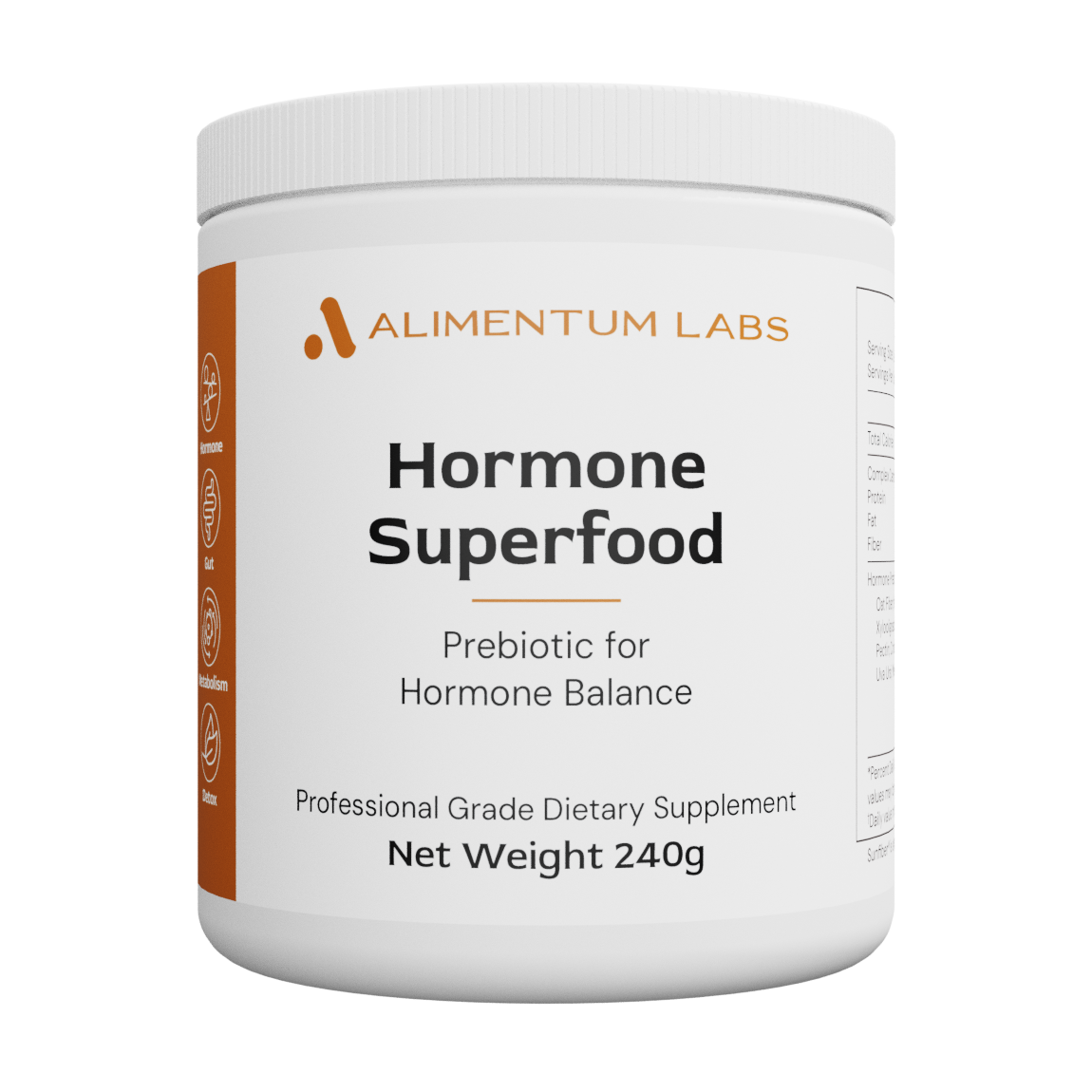
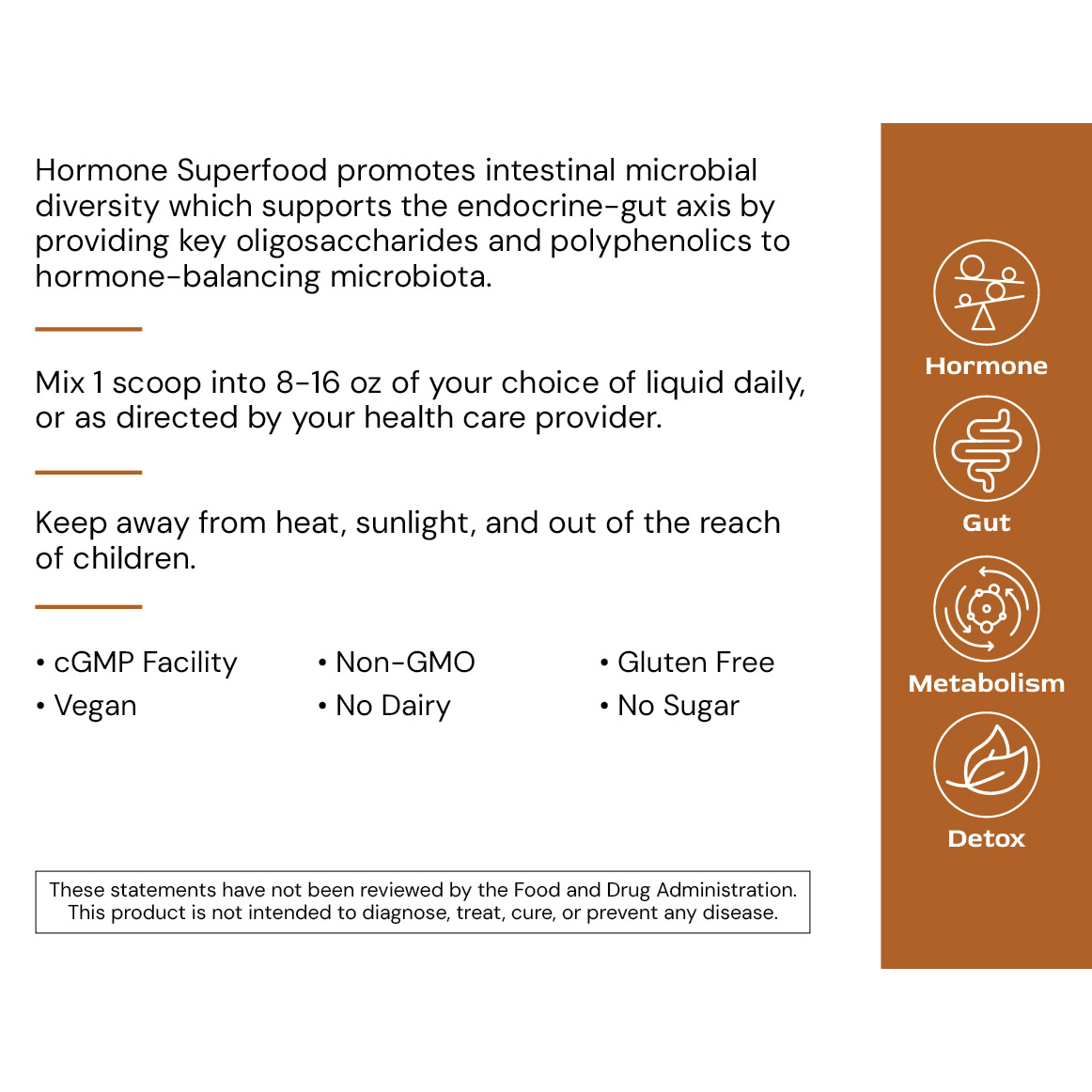
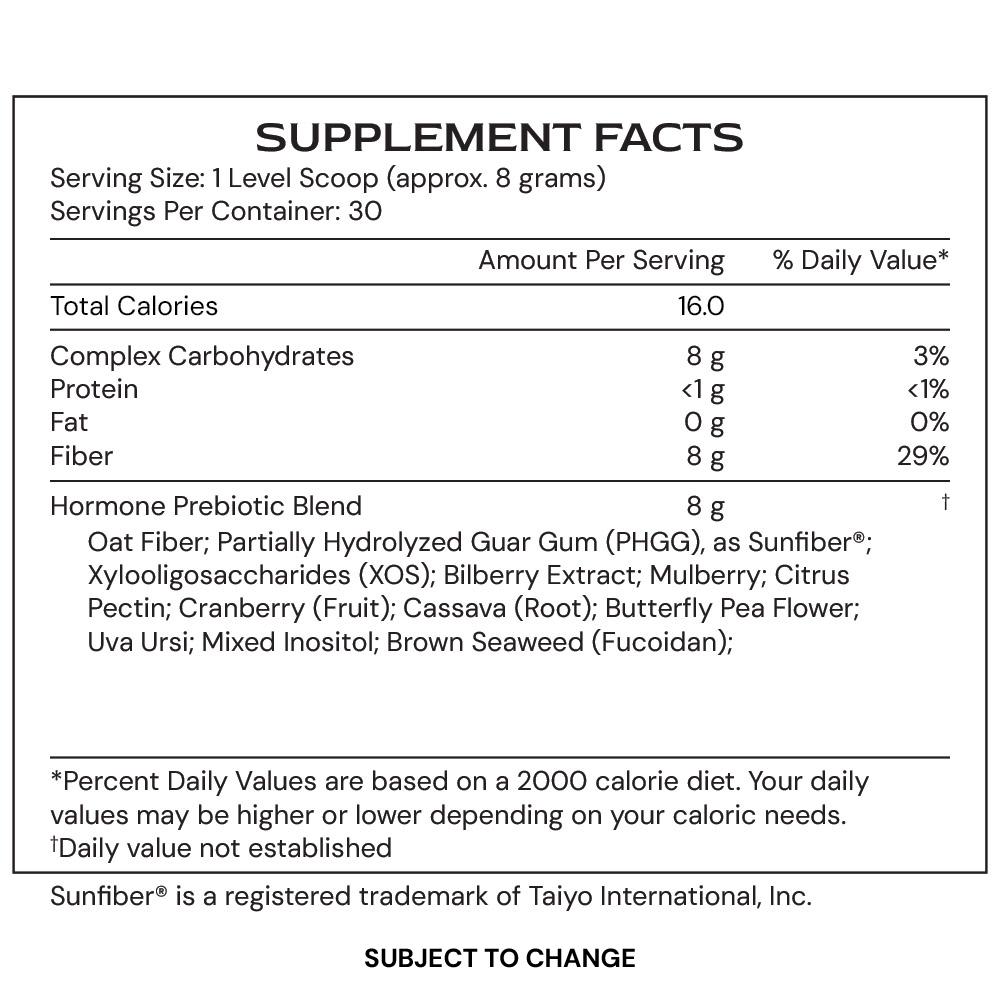
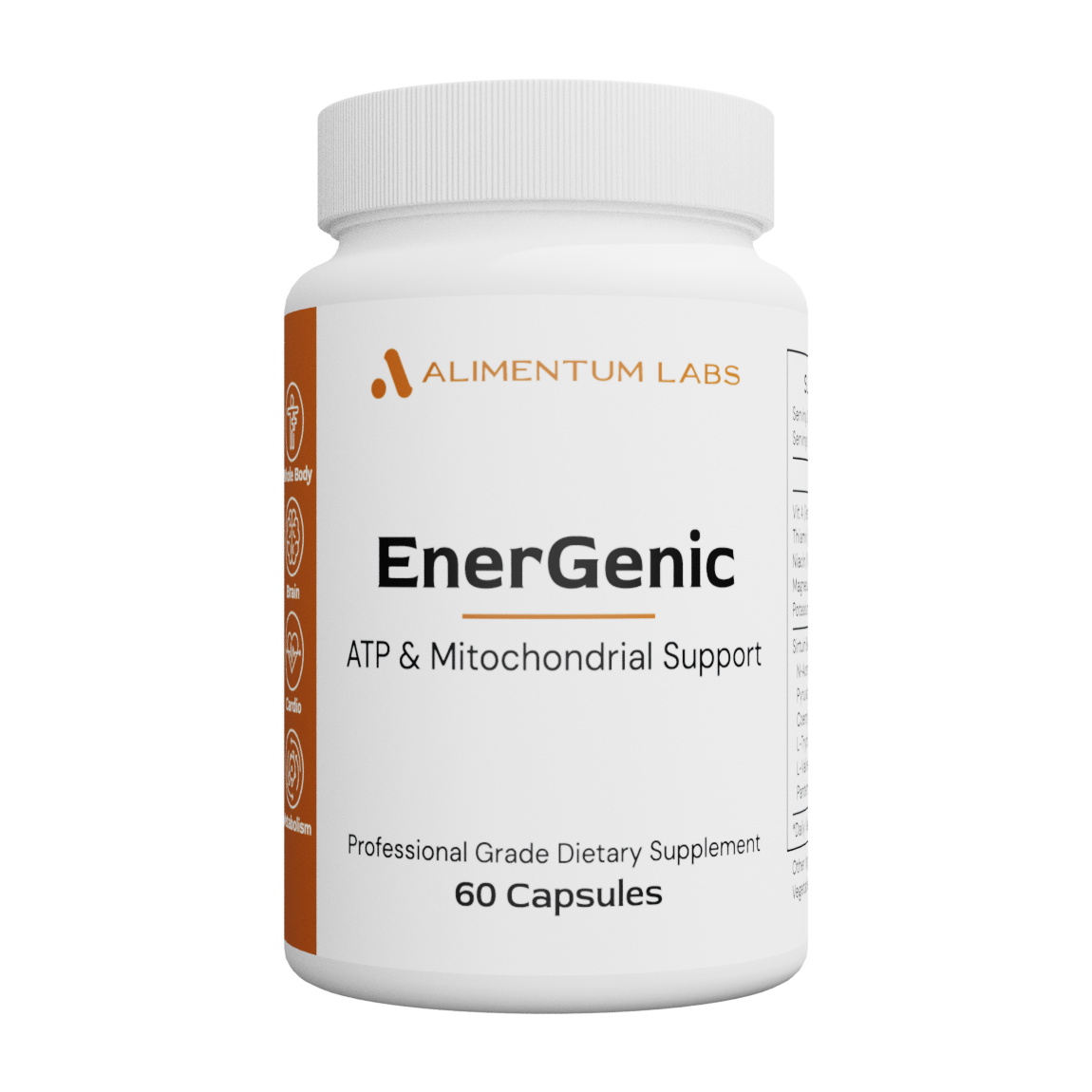
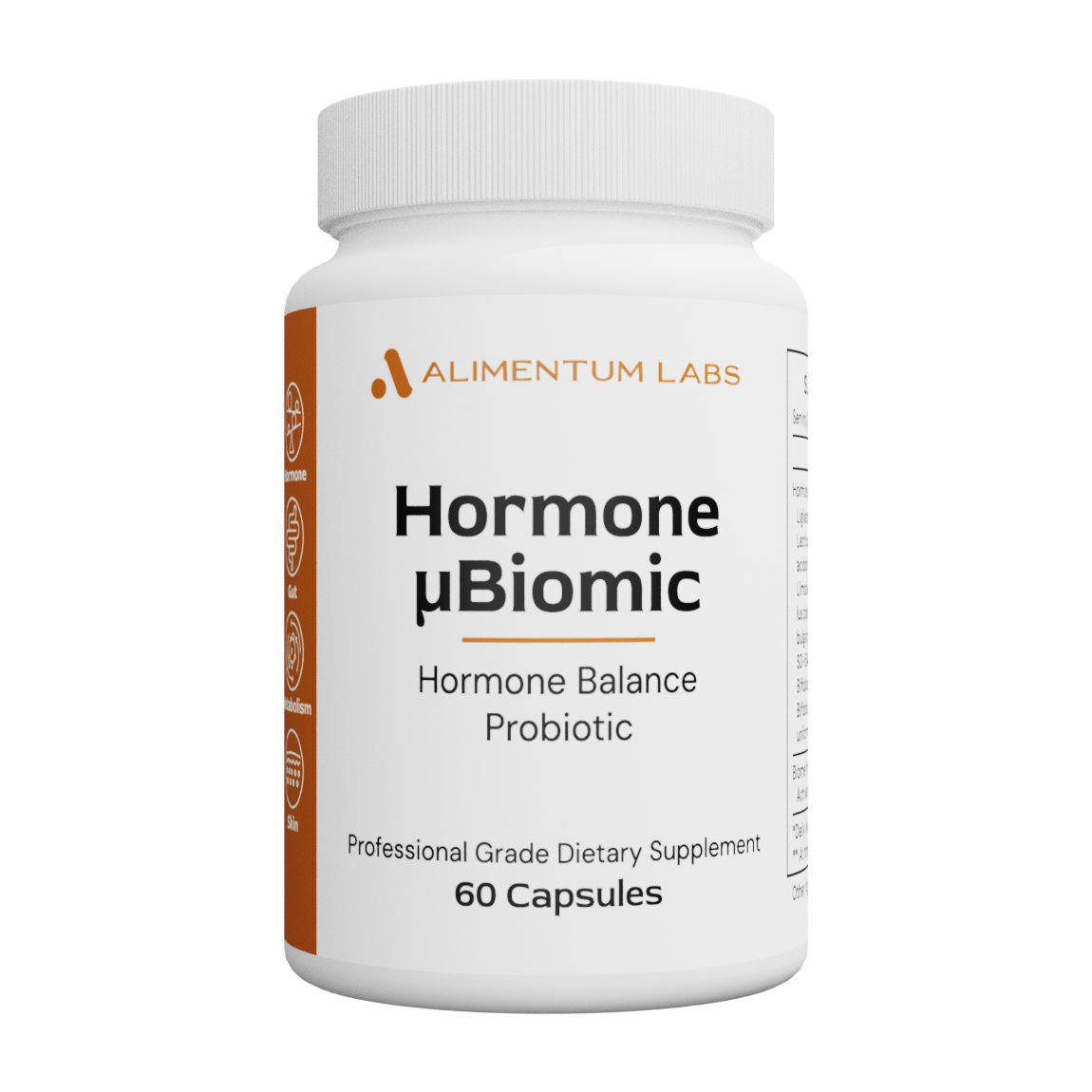
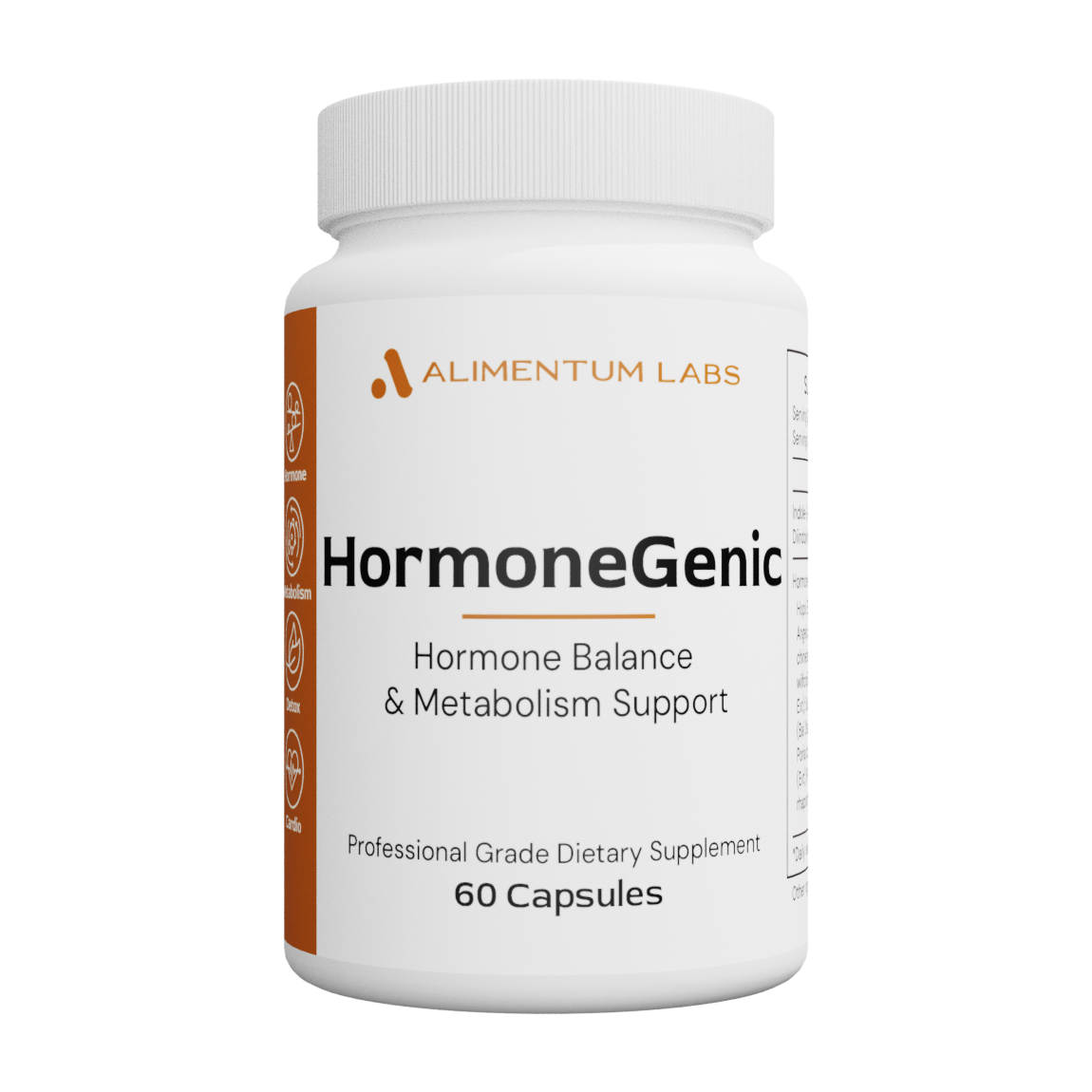
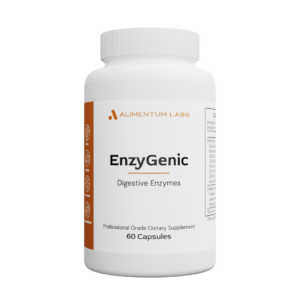
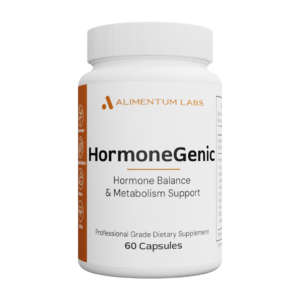
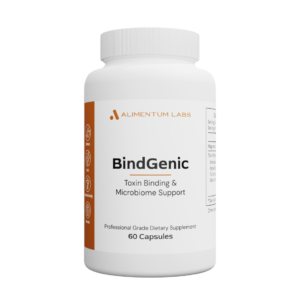
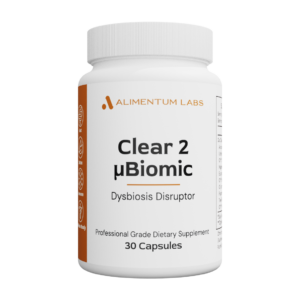

There are no reviews yet.